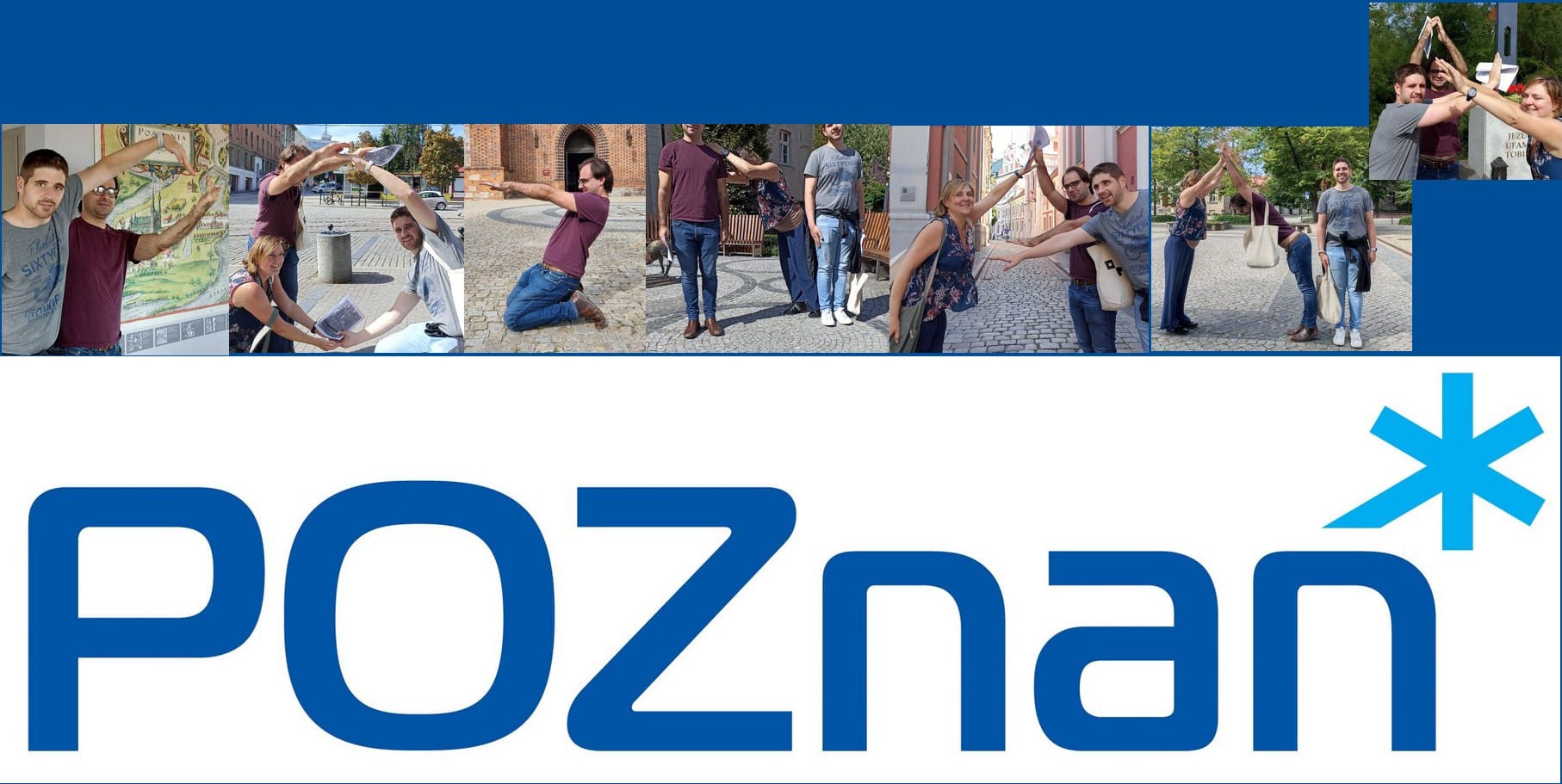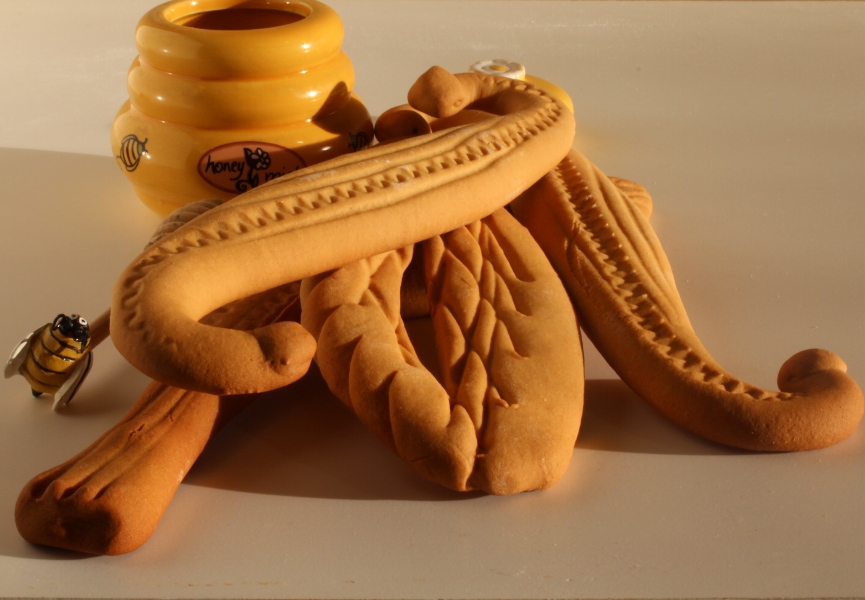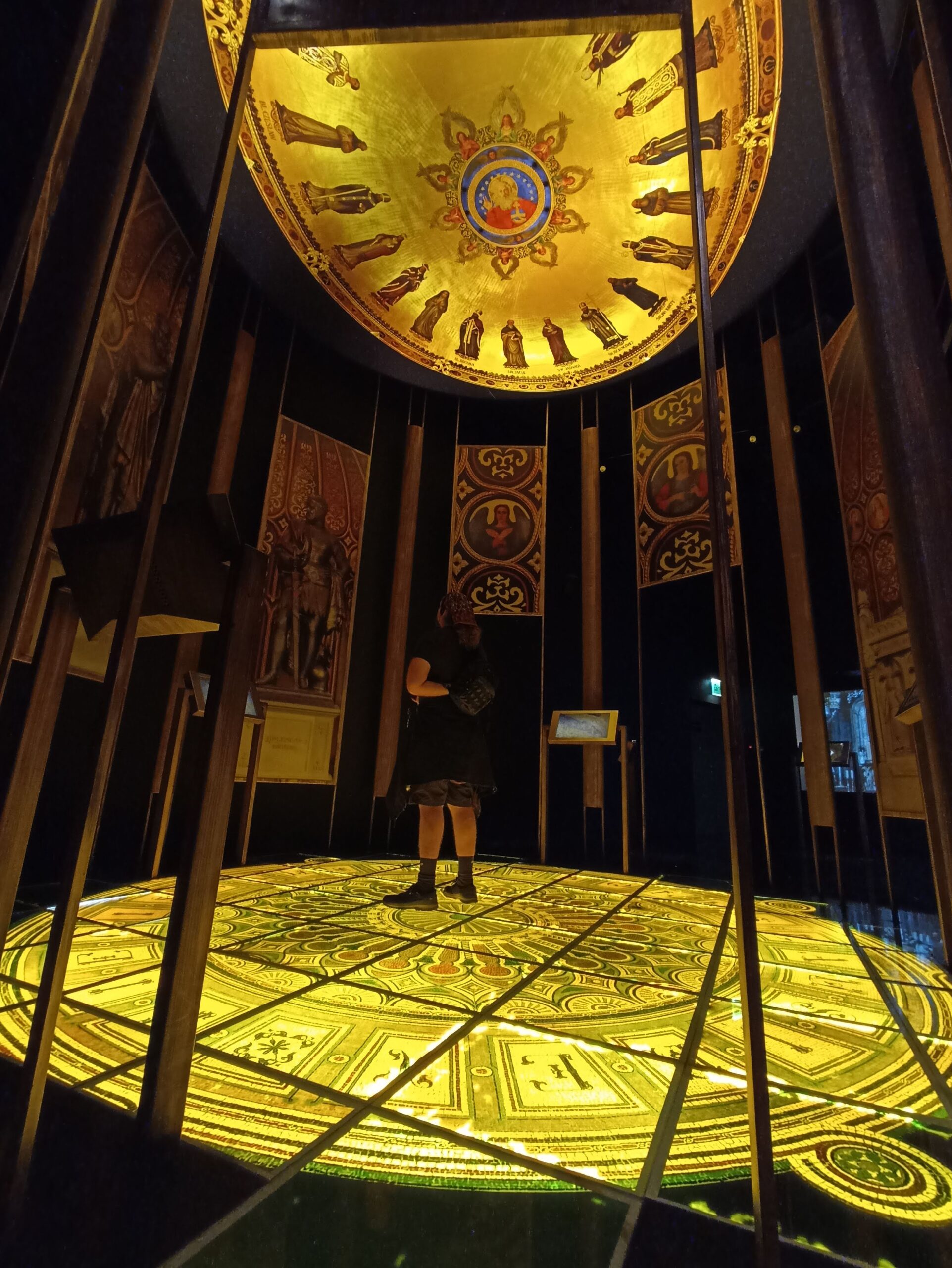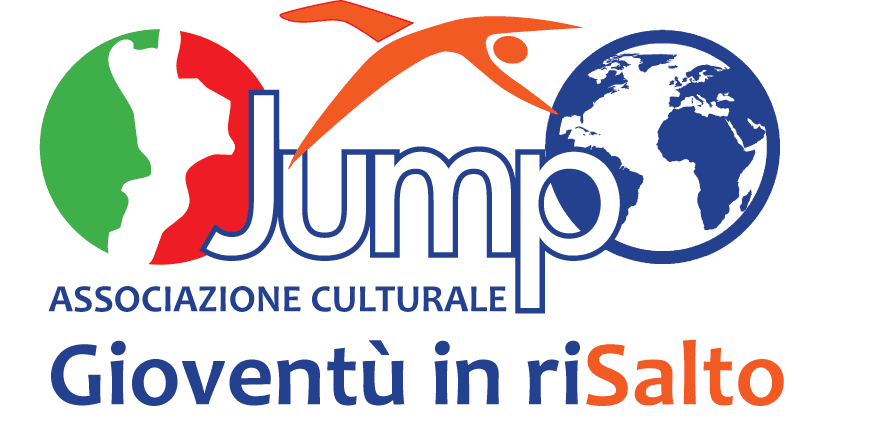
By Alessia Simonetti - JUMP Team
When in October 2022 I arrived in Poznan (Poland), with two more members of Jump team, to participate to one of the project’s Learning Teaching and Training activity, I really didn’t expect all the variety and richness of history and local cultural heritage that we were going to discover and appreciate during those days.
The amazing hosts of the local partner organization Kontakt prepared for us an intense agenda of activities, accompanying us with their vitality and warm spirit throughout an immersive learning experience about Polish and Poznan area’s history, culture and traditions, from the royal castle and the ancient cathedral to a road tour over the Piast Dinasty trail.
The three days spent together were also an occasion for fruitful exchange among the members of the 4 partner organizations, coming also from Spain and UK, widening our competences, experience and visions about cultural heritage, the way to valorize it and include it in the Education and Training world and more, as a pedagogical and integration tool.
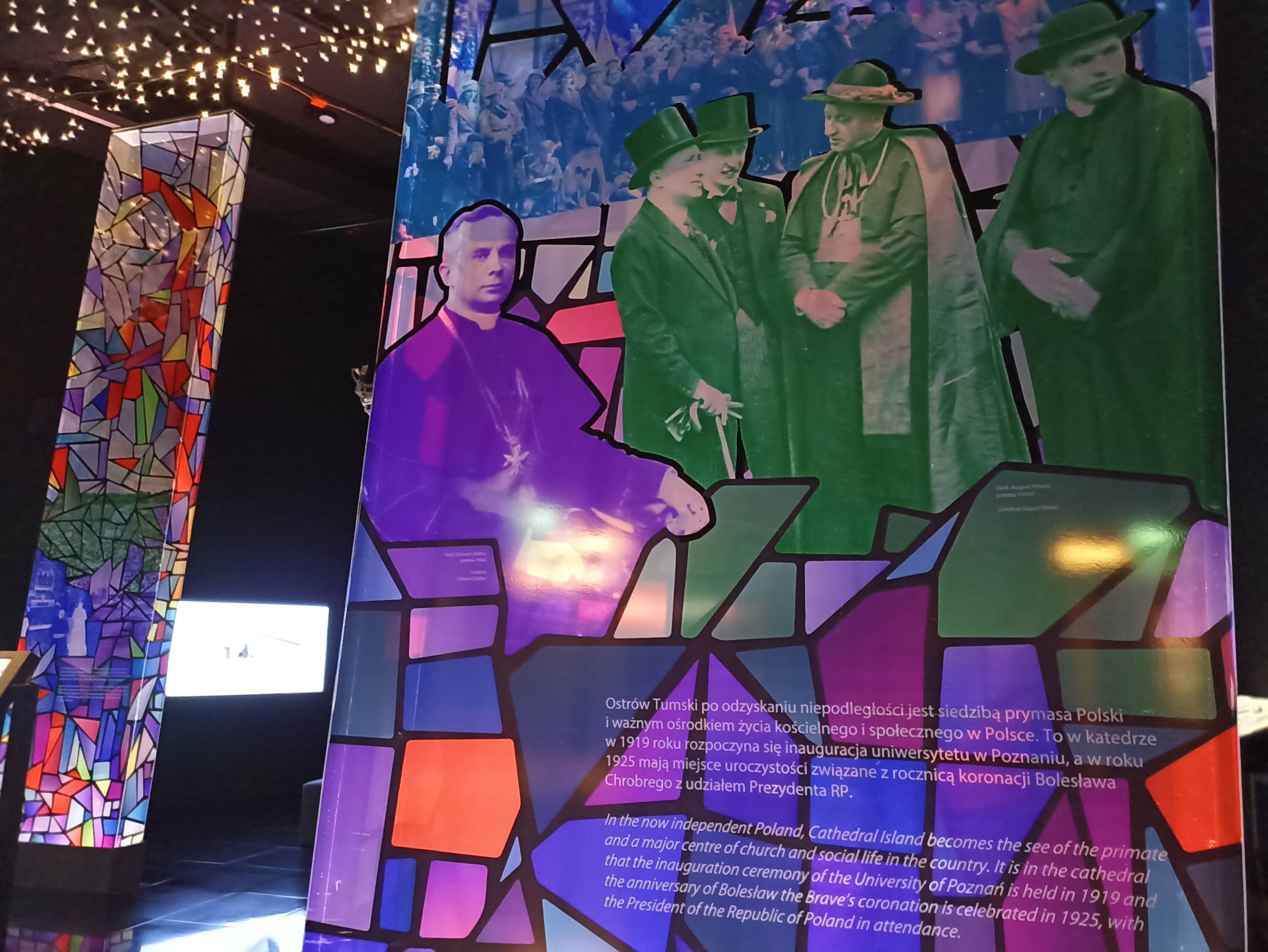
Talking about effective ways to communicate, engage and raise awareness about cultural heritage, I was impressed by the visit to Brama Posnania, the museum that with its modern building symbolically connects Poznań’s oldest districts of Cathedral Island and Śródka. Through engaging multimedia displays and colorfoul panels I could discover and learn a lot about Polish history and the beginnings of the Polish statehood, starting from various types of detailed storytellings about Poznań’s Cathedral Island, that was once home to settlements of the emerging state of the Piast dynasty (first Polish royal family) and place which duke Mieszko I chose as one of his capital strongholds.
More than a millennium of the Island’s fascinating past, from the 9th century to contemporary times, shown against the backdrop of national and European developments, is the focus of all the richness of contents displayed at the Brama Posnania. With the purpose of satisfying the needs of all visitors, a few paths of sightseeing in the interactive exhibition
have been prepared with audio-guides, including a special path for kids, based on games and activities.
I particularly appreciated the use of stained glass windows art to depict successive moments in history combined into a consistent tale. This colorful mosaics displayed on several modern design panles are the
central theme of one of the exhibition rooms.
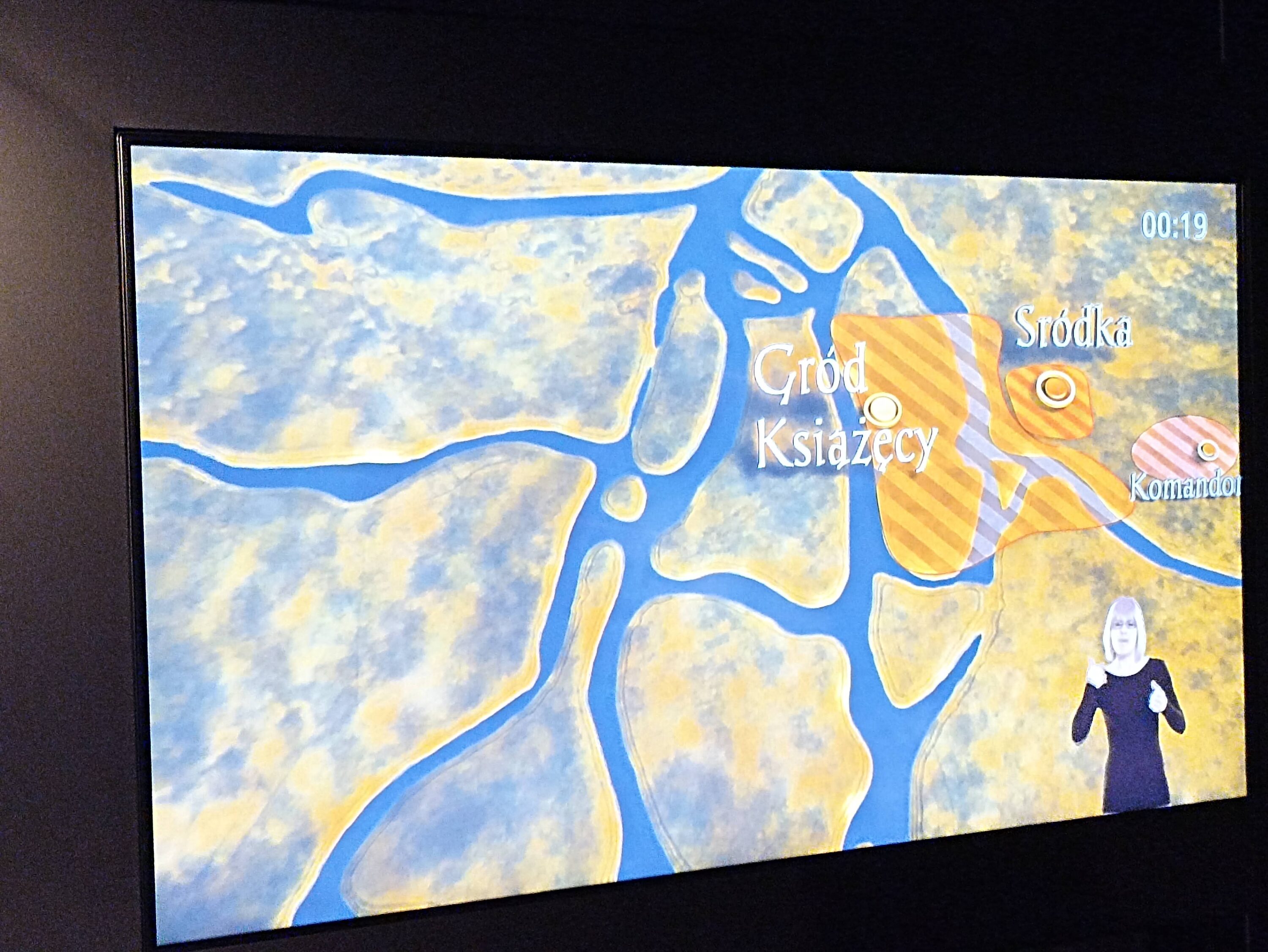
The effective use of engaging communication and space design, with creative multimedia and a fascinating use of the art of light are some of the characteristic of this special place that is actually not an ordinary museum, but one of the first Heritage Interpretation Centres in Poland.
Unlike traditional museums, Interpretation Centres do not usually aim to collect, conserve and study objects; they are specialized institutions for communicating the significance and meaning of heritage, and work to
educate and raise awareness. The experience of visiting Brama Poznania, infact, is an immersive journey during which all details contribute to aid and stimulate the discovery process and the visitor’s intellectual and emotional connection to heritage; the main presentation strategy tends to be user-friendly and interactive, using scenographic exhibitions and appealing multimedia programs.
I immediately noticed that such definition, “Heritage interpretation centre”, at the moment, is not generally known to the wider public in Italy, yet; and for sure projects such Let’s teach Europe have the important role and impact to research and make innovation available to a bigger audience, facilitate exchange and develop strategic ways to raise awareness about the richness of European cultural heritage.
The message and commitment that since that mobility was reinforced inside myself was that, inspired by and learning from the past, we create the present and build the future. A future finally based on constructive common values, valorizing the richness of Europe’s culture, committed to building peace, cooperation and wellness for everybody.

